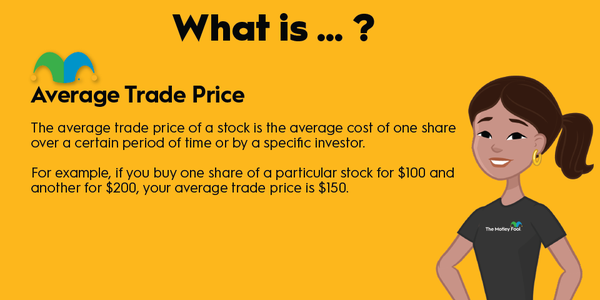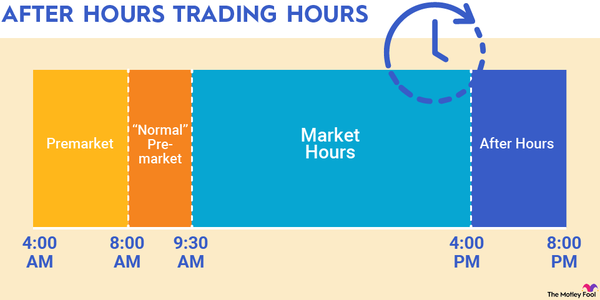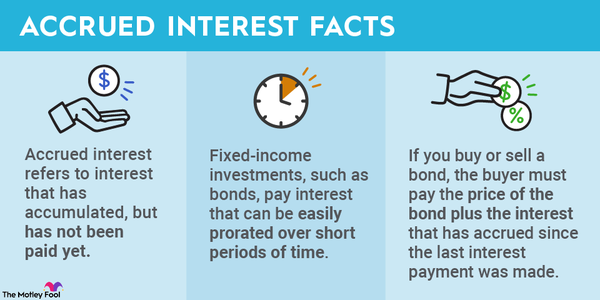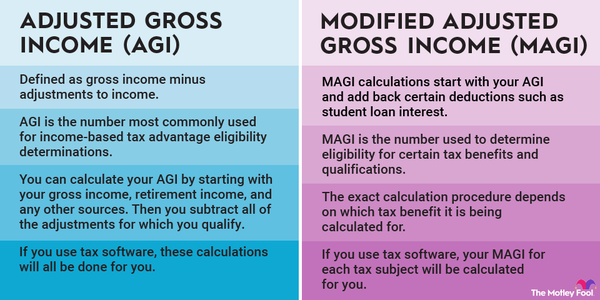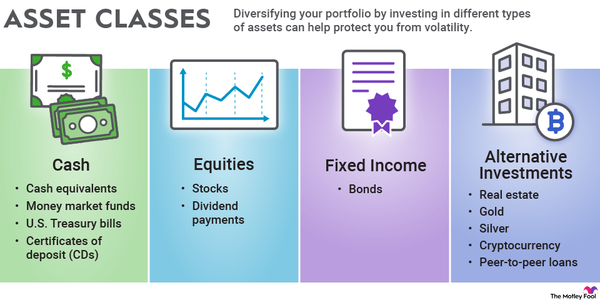Investing in stocks is a bit like choosing the right meal at the cafeteria. There are so many options, with some clearly better than others. Still, most people can't nail down the quality of each dish at a glance. Also, the prices are clearly defined, but the true value of each plate is not so obvious.
Active stock-picking is that discerning approach to filling your investment plate with hand-picked choices that suit your tastes and wallet (and perhaps your waistline) best.

What is active stock-picking?
What is active stock-picking?
Active stock-picking is the investing approach where an individual investor or a fund manager meticulously selects specific stocks to invest in, one by one. The choices can be based on various criteria, ranging from strong systems such as robust financial analysis and a deep review of the business plan to less-reliable options like technical stock chart analysis.
The idea is to select a superior group of individual stocks, aiming to outperform the stock market as a whole. An active stock picker puts in the work to separate truly great investment ideas from merely average ones. You don't have to nail every idea since even master investors often miss the mark, but a diversified portfolio should let you build a strong average return despite the occasional misfire.
Unlike passive investing, which parks your cash in a fund that automatically tracks the returns of a market index, active stock-picking requires having an eye for detail and putting more time into your investing efforts.
The goal here is usually to beat the market, not just meet it. It requires research, analysis, insight, and often a bit of good old-fashioned luck.
Why is it important?
Why is active stock-picking important?
Active stock-picking matters because that's what investing is in many cases.
Most people who talk about investing around the water cooler don't discuss which index fund to double down on. It's the same with investor-oriented TV shows, podcasts, and online videos. Yes, you see it here on The Fool, too -- everyone wants to know which stocks will beat the market.
There is nothing wrong with that, of course. Matching the long-term returns of the stock market is a respectable strategy, but it's generally seen as less exciting than active stock-picking. Sure, some people get more excited about macroeconomic effects and secular trends than they do over high-octane growth stocks, the best dividends, or the latest game-changing gadgets on store shelves.
But that's the exception to the general rule.
How can you use it?
How can you apply active stock-picking in your own portfolio?
To be clear, there is absolutely nothing wrong with active stock picking, as long as you do it right. Whether you prefer growth investing, hunting value stocks, seeking robust dividends, or following a completely unique compass through Wall Street's wilderness, The Fool's suggested stock-picking method is very simple. Anyone can do it:
- Build up a diversified portfolio of at least 25 stocks over time. There's no rush, and many different roads can lead to substantial long-term gains. Just make sure to do your homework before investing real money in anything.
- Hold the stocks you buy for a long time. Master investor Warren Buffett famously prefers holding stocks "forever," but penciling in a five-year commitment is a good start.
- Add more cash to your portfolio on a regular basis. It doesn't need to be a lot -- it's the consistent infusion of new cash that matters. Once the 25-ticker basket is full, you can double down on your existing holdings or find new ideas.
- Hold on tight to your stocks through the inevitable storms and potholes along the way. The only way to lock in a loss is to sell when the stock price is down. Deep dips, like the initial coronavirus panic of 2020 or the subprime mortgage meltdown in 2008, are often great times to buy great stocks at a low price.
- Don't cash in your stubs as soon as you turn a profit. Let the winning stocks keep winning.
- Finally, set your sights on long-term returns. Day trading is essentially gambling on Wall Street instead of the Vegas Strip. Chasing incredible moonshot returns based on the hottest new trend or online rumor mills is not much better. Time and patience are the best tools of the wealth-building trade.
Related investing topics
Case study
Letting winners run: An Amazon case study
Let's jump back a couple of column inches. Amazon (AMZN 3.43%) can give you a crystal-clear example of why it's best to let your winners run as far as they can go.
If you bought the e-commerce innovator's shares at the start of 2002 and sold them when they doubled a year later, you missed out on a lot of wealth-building growth after that quick pop. The stock was worth a split-adjusted $1 per share over the holidays of 2002. Amazon's shares rose above the $100 level in the spring of 2020. So pocketing a nice double in 2002 missed a 100-fold return over the next two decades.
Again, unshakeable patience is a successful investor's best friend -- whether you rely on index funds or prefer the more challenging active stock-picking method.





